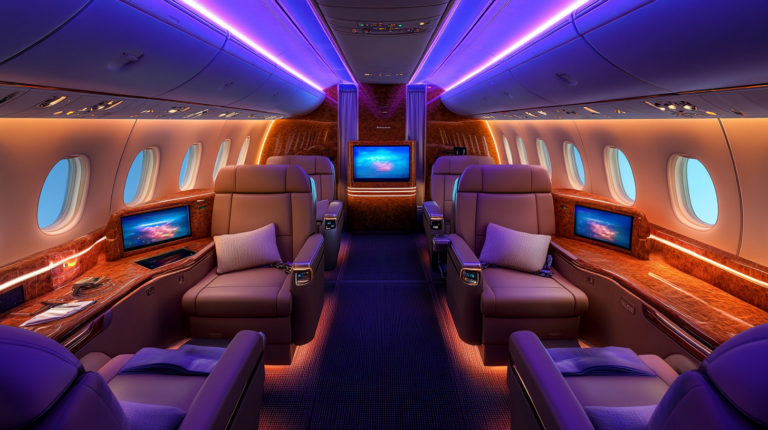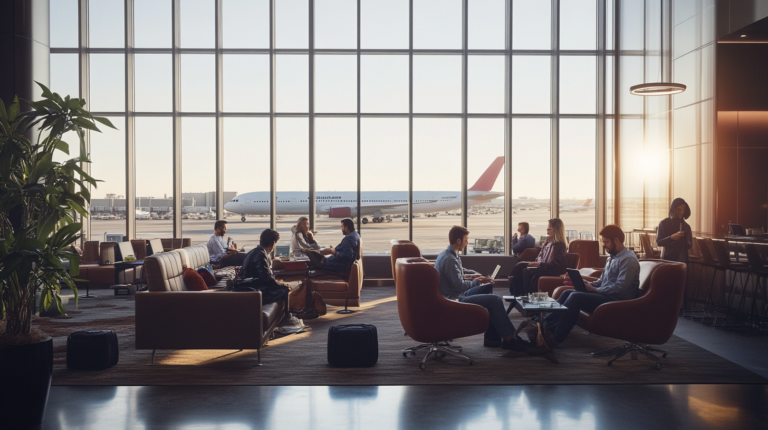What Hawaiian and Alaska’s Loyalty Merger Means for Frequent Flyers
TL;DR
- Alaska’s acquisition of Hawaiian is complete and loyalty is merging under Atmos Rewards, unifying the best of Mileage Plan and HawaiianMiles (program intro).
- HawaiianMiles account access pauses beginning September 26, with the new Atmos environment expected on October 1.
- Free cross-account transfers are coming, unlocking frictionless earn/burn across both brands (transfer note).
Quick Verdict for Frequent Flyers
Two networks, one loyalty layer. Atmos Rewards is the merged firmware that lets your points roam more freely and your upgrades ride on a broader route map. Short-term nuisance: a brief login freeze while systems sync. Medium-term upside: flexible earning, simpler transfers, and a Wi‑Fi upgrade that actually moves the needle. If you’re holding miles in either ecosystem, balances are preserved and options increase.
Controlled migration, not a devaluation. Expect more tools, more partners, and broader redemption paths after cutover.
The Why: Corporate Patch Notes
The runway for this change cleared when Alaska Air Group completed its acquisition of Hawaiian. Strategically, this stitches a West Coast–Pacific network, taps oneworld for global reach, and consolidates loyalty to drive engagement across both brands.
Operationally, the airlines say they’ll run as separate carriers during integration with separate sites and systems, and that full integration can take up to 18 months. Translation: expect rolling feature releases—not an overnight flip. Honolulu remains a central anchor in the combined routing logic, useful for Oceania and Asia flows, while Alaska’s West Coast spine feeds mainland demand (network note).
The Math: Miles, Transfers and Award Access

First, preservation: the airlines are explicitly safeguarding miles and elite status during the transition, and Atmos is the integrated loyalty framework merging the two programs (program assurance). That’s permission to avoid panic burns. Still, I’d target high-confidence trips when saver space surfaces—inventory can wobble as back-ends reconcile.
Flexibility is the headline. Members will be able to transfer miles between programs at a 1:1 ratio with no fees once enabled. Keep miles where you earn best; transfer to the engine that prices your target award better. Atmos also lets you choose how to earn—distance, price, or segments—so you can match accrual to fare type (earning choices). Watchlist: partner crediting rules and fare buckets may render differently under Atmos; verify tables before you buy.
The Move: Short-Term Actions (Do/Delay/Ignore)
Prepare before the outage to avoid disruptions and missed bookings.
Do: Screenshot balances, status, and upcoming award PNRs. The public nudge to prepare is out there (member alert). Also Do: If you must travel during the freeze, book before September 26. Logins are slated to return with Atmos on October 1.
Delay: Non-essential transfers and speculative awards until the new engine is live. Free, intra-family transfers remove the time tax of waiting, and post-cutover pricing can surprise—in both directions.
Ignore: Fear-driven redemptions that add latency (extra connections) or destroy comfort delta (worse seats) just to “use them.” Your balances are intended to carry across intact; let value—not anxiety—drive the burn.
The Product Patch Notes: Starlink, Lounges and Soft Product

Connectivity climbs a class. Alaska says ultra-fast Starlink Wi‑Fi will be free for Atmos members beginning in 2026, with the airline expecting full-fleet installation by 2027. So what? Streaming-grade reliability turns seat time into productive time, which can be worth more than a snack box to business travelers.
Ground game also improves. Alaska Lounge members and guests can access lounges when flying Hawaiian—a handy perk for mixed-metal itineraries (lounge access). Cross-booking is on deck: tickets for each airline will be available on the other’s website, trimming clicks from your booking flow (booking integration).
Soft product alignment will roll out gradually. The brands remain distinct during integration (integration cadence), so expect iterative tweaks—think cabin and service harmonization in phases rather than an overnight refit.
Route Map and Network Effects

This is where the merge earns its keep. Alaska says the combined airline offers 141 destinations directly and connects to over 1,200 destinations globally through oneworld and partners. For flyers, that’s more nonstop potential out West and a cleaner bridge into Asia-Pacific and beyond.
Practical faremath: use Honolulu as a low-latency pivot for Oceania and parts of Asia, and lean on Alaska’s West Coast hubs for the mainland mesh. Bigger networks can unlock more saver space, but they also invite more competition. I’d hunt shoulder-season awards, set alerts across both engines, and keep a plan B via Honolulu or a coastal gateway if the nonstop doesn’t render.
Vanessa Bloome’s Take
I read this as a loyalty operating-system upgrade with three meaningful toggles: flexible earn, free transfers, and better inflight bandwidth. Flexible earn lets you optimize accrual per ticket type—distance for long, cheap runs; price for premium cash buys; segments for shuttle-style commuting (earning choices). Free, 1:1 transfers kill the historical friction tax between programs. Starlink shifts comfort toward productivity.
My loyalty lens: keep your balances nimble and your expectations skeptical. Merger-era award pricing can be an A/B test in motion; don’t anchor to yesterday’s sweet spots. Use the bigger partner web to triangulate value—sometimes a partner award through Alaska’s engine beats a direct Hawaiian pull, and vice versa. Also file this under culture check: Alaska’s loyalty lead called the design a “big tent” (interview). If that intent holds, we should see generous earn options and fewer gotchas. I’ll trust—but verify—once the award engines settle.
Key Takeaways
- Don’t force redemptions. Your balances are slated to carry over intact; wait for the new pricing to surface, then aim for saver space with a backup route.
- Use transfers as a lever, not a reflex. Keep miles where you earn best, then move them toward the better award engine or partner access when it’s time to book.
- Productivity is part of comfort. Free Starlink for members and lounge reciprocity upgrade both cabin and ground experience; value that in your airline choice.
- Book smart during the freeze. Lock must-fly trips early; otherwise, hold fire until search stabilizes and award logic renders clearly.
Final Thoughts
Link accounts when available, screenshot balances, and only move miles when an award price justifies it. If you must travel during the outage, book ahead via Hawaiian’s loyalty updates; otherwise wait, compare both engines post-cutover, and use free 1:1 transfers to target the best value.
FAQ
Q: What happens to my HawaiianMiles balance and when can I access it?
A: Miles and status are being preserved as HawaiianMiles transitions into Atmos Rewards (program assurance). Hawaiian says logins go offline beginning September 26, with the Atmos environment expected on October 1. After cutover, your balances and benefits should appear in Atmos automatically.
Q: Can I transfer miles between Hawaiian and Alaska accounts, and is there a fee?
A: Yes. Alaska and Hawaiian state that transfers will be free, and Hawaii’s aviation authority notes a 1:1 ratio. Effectively, you can earn in one place and redeem in the other without a penalty once transfers are enabled—ideal for cherry-picking the better award engine.
Q: Will Starlink Wi‑Fi be free and when will it be on every Alaska plane?
A: Alaska says Starlink will be free for Atmos members beginning in 2026, and the airline expects full-fleet installation by 2027. That’s a practical productivity upgrade for work trips and a comfort delta for leisure travelers as installations phase in.
Q: Should I book awards now or wait for Atmos Rewards to settle?
A: If you need to travel during the freeze, book before September 26. Otherwise, wait until after the cutover: your miles are slated to carry over, transfers will be free, and post-migration pricing may improve. Waiting lets you compare both engines, then route miles to the best-value redemption.
Stay with us for merger updates and award alerts at milesBUZZ.







